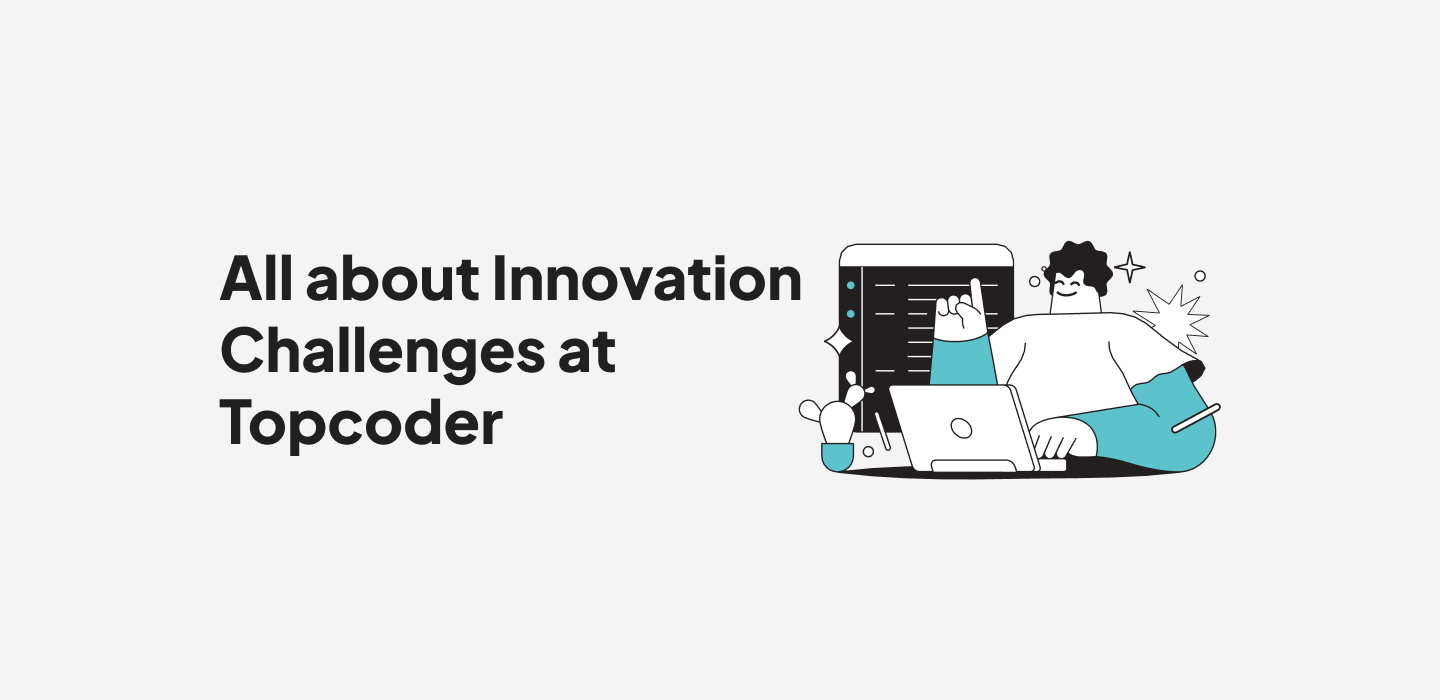June 11, 2019 Closer Look: Topcoder's Precision Medicine Series
Precision medicine shows incredible promise, but there is work to be done if we want to meet its potential. Faster, improved DNA sequencing is at the core of how quickly researchers can perform their work, helping them usher in the next medical science breakthrough. Topcoder’s precision medicine series aims to fling wide the doors of progress with talent-on-demand style challenges that target precision medicine.
Topcoder’s Precision Medicine Series Makes History
In Topcoder’s first precision medicine contest series, LISH, the Laboratory for Innovation Science at Harvard, sought an algorithm to align multiple DNA sequences to a reference DNA. The goal? A way to detect and track even minor differences between the reference DNA and other DNA sequences. To achieve this significant work, Harvard partnered with the Broad Institute while the Kraft Family Foundation provided funding.
The Topcoder Community delivered an extreme value outcome in this data science competition. To begin with, 72 data scientists actively competed on this challenge. From these brilliant minds, a superset of 410 unique algorithmic solutions were submitted, tested, and ranked. Marek.Cygan of Poland would power through and take the top spot. He delivered 21 algorithms altogether and his top-performing algorithm was an astonishing 14x faster than — and equally accurate to — the existing best-in-breed algorithm. To quantify this further, the run-time for the algorithm dropped from 114 minutes to less than 8!
Topcoder’s Marke.Cygan Presents a Winning Algorithm
Let’s hear from Topcoder member Marek.Cygan as he discusses his impressive win and the approach that led him to this algorithmic breakthrough:
As Marek.Cygan explains, he found the competition intriguing because matching DNA meant real-world implications to tied to his work. Though he’d never really worked with DNA sequencing, the problem appeared to be one that would mean a healthy dose of algorithmic design and code optimization. The possibility for some machine learning didn’t hurt.
What he felt was initially a disadvantage would turn out to work in his favor. He’d never worked on a similar problem and didn’t really know how to approach it. Note, his initial performance was actually below-average as he worked his way around the problem.
In the end, his solution proved completely unburdened with preconceived notions and he explored a wide range of possible solutions.
His winning algorithm worked in just under eight minutes.
VP, Marketing


